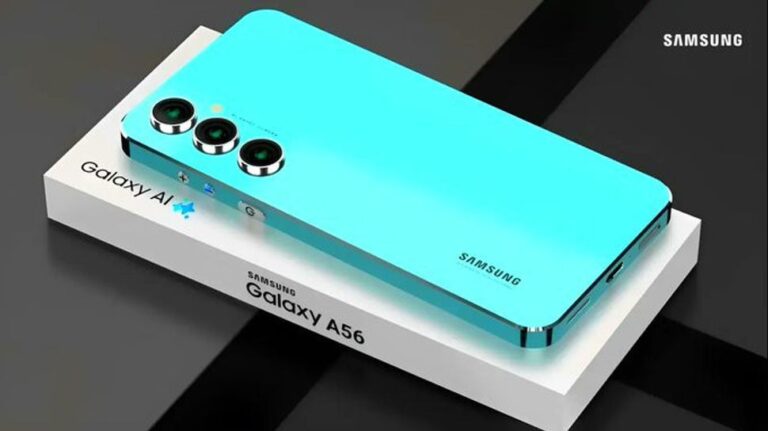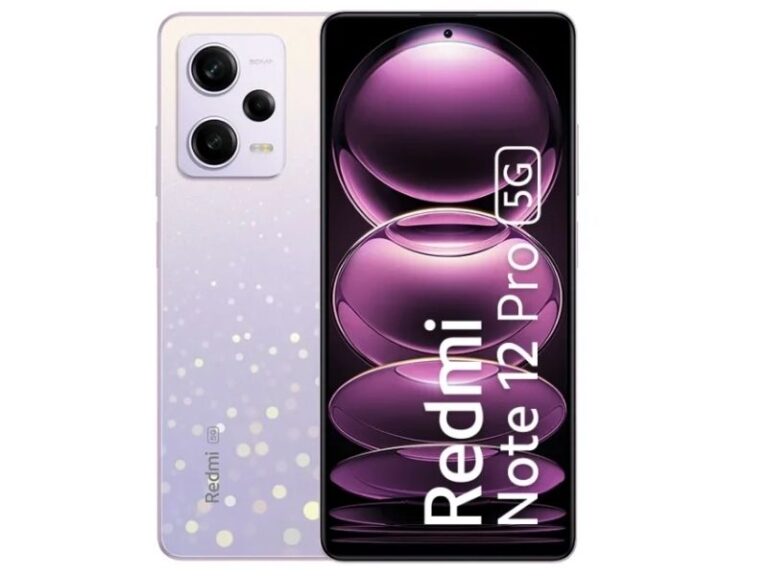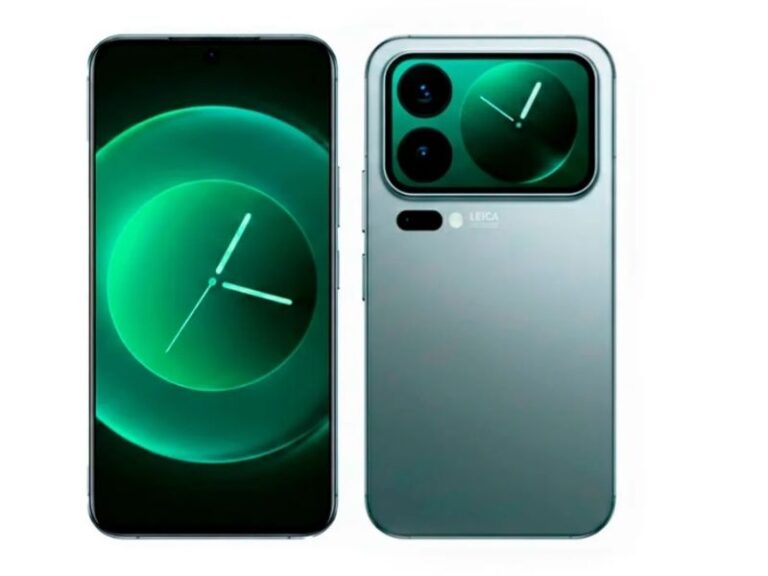iPhone 13 Price Drops: Why Apple’s Bestseller is Cheaper Than Ever in 2025
The smartphone industry is buzzing again with big news—iPhone 13 price drops have made Apple’s iconic device more affordable than ever. Even though Apple has already launched newer flagships like the iPhone 14, iPhone 15, and the latest iPhone 16 series, the iPhone 13 continues to remain one of the best-selling iPhones globally. The reason? It combines flagship performance, reliable cameras, and premium design—now at a much lower cost.
With its reduced pricing, the iPhone 13 is now cheaper than many premium Android phones such as the Samsung Galaxy S24, OnePlus 12, and Google Pixel 8 Pro. This article explores why the iPhone 13 is still relevant in 2025, the reasons behind the price drop, latest offers in India, and whether it is worth buying in comparison to Android competitors.
Why Has the iPhone 13 Price Dropped in 2025?
Apple has a clear strategy when it comes to older iPhones. Unlike Android manufacturers that discontinue older models quickly, Apple keeps older iPhones in circulation for years, reducing the price as new models arrive. The iPhone 13 price drops can be attributed to:
-
Launch of New Models: With the arrival of iPhone 14, 15, and now the 16 series, Apple has shifted its focus to newer devices.
-
Production Costs: Apple has streamlined the production process, lowering manufacturing costs for the iPhone 13.
-
Market Competition: With premium Android phones like Samsung Galaxy S24 and OnePlus 12 aggressively priced, Apple wants to capture the mid-range premium market.
-
Festive Discounts & Online Sales: In India, platforms like Amazon, Flipkart, and Apple’s own online store often provide extra cashback offers, exchange bonuses, and EMI schemes, pushing the effective price even lower.
iPhone 13 Current Price in India (2025)
-
Official Price on Apple Store (128GB): Around ₹43,900
-
Effective Price with Bank Offers & Exchange: As low as ₹35,000 – ₹37,000
-
E-commerce Discounts (Flipkart/Amazon): Extra 10% off with credit card deals
This makes the iPhone 13 cheaper than premium Android models like the Galaxy S24 (₹79,999+), OnePlus 12 (₹64,999+), and Google Pixel 8 Pro (₹82,999+).
Key Features That Still Make iPhone 13 Powerful in 2025
Despite being more than three years old, the iPhone 13 continues to deliver a flagship-like experience.
1. Display & Design
-
6.1-inch Super Retina XDR OLED display
-
Ceramic Shield protection
-
Slim and premium aluminum design
-
Multiple color options: Pink, Blue, Midnight, Starlight, Red, Green
2. Performance
-
Powered by A15 Bionic chip, which is still faster than many mid-range and even some 2025 Android processors.
-
iOS 18 ensures smooth performance, long-term updates, and security patches.
3. Camera
-
Dual 12MP system with wide and ultra-wide lenses
-
Night Mode, Deep Fusion, Smart HDR 4
-
Cinematic Mode (still a huge USP for video creators)
-
Dolby Vision HDR video recording
4. Battery Life
-
Up to 19 hours of video playback
-
Optimized battery health with iOS
-
MagSafe and wireless charging support
iPhone 13 vs Premium Android Phones in 2025
Many users wonder: if premium Android phones are newer, why should they still consider iPhone 13? Let’s compare:
iPhone 13 vs Samsung Galaxy S24
-
Price: iPhone 13 (
₹35,000 effective) vs Galaxy S24 (₹79,999) -
Performance: A15 Bionic still performs close to Snapdragon 8 Gen 3
-
Software Updates: iPhone 13 will get updates until at least 2028, while Samsung promises 7 years on S24
-
Cameras: Galaxy S24 wins in telephoto zoom, but iPhone 13 remains reliable for photography & video
iPhone 13 vs OnePlus 12
-
Price: OnePlus 12 starts at ₹64,999, nearly double iPhone 13’s discounted price
-
Performance: A15 vs Snapdragon 8 Gen 3—close call, but iOS optimization gives Apple an edge
-
UI: iOS vs OxygenOS—comes down to personal preference
iPhone 13 vs Google Pixel 8 Pro
-
Price: Pixel 8 Pro costs ₹82,999+, far higher than iPhone 13
-
Camera: Pixel offers better AI and computational photography, but iPhone 13 still delivers consistent results with video recording superiority
-
Updates: Google offers 7 years of updates, but Apple’s update cycle is equally reliable
👉 Verdict: Considering its new discounted price, the iPhone 13 is unbeatable in terms of value for money when compared to premium Android devices.
Why iPhone 13 is Still a Smart Buy in 2025
-
Apple Ecosystem Advantage – Works seamlessly with Mac, iPad, Apple Watch, and AirPods.
-
Long-Term Updates – Unlike Android, iPhone 13 will continue to receive iOS updates for years.
-
Resale Value – Even after 2-3 years, iPhones hold better resale value than Android counterparts.
-
Flagship Experience at Mid-Range Price – The iPhone 13 delivers a near-flagship experience for nearly half the price of Android flagships.
Tips to Buy iPhone 13 at the Best Price
-
Check Festive Sales (Diwali, Republic Day, Big Billion Days) – Best time for heavy discounts.
-
Use Bank Offers – HDFC, ICICI, SBI cards often give up to ₹5,000 instant cashback.
-
Exchange Old Devices – Trading old iPhones can bring the effective cost down to as low as ₹30,000.
-
Check EMI Schemes – Many banks offer no-cost EMI for 12–24 months.
Future Outlook – Will Prices Drop Further?
With the launch of iPhone 16 series, the iPhone 13 may see further price cuts. Some experts believe the iPhone 13 might soon start at under ₹30,000 effective price during festive sales.
This makes it a golden opportunity for budget-conscious buyers who want to experience Apple without spending a fortune.
Conclusion
The iPhone 13 price drops in 2025 have made it one of the best value-for-money premium smartphones in India. Despite being a few generations old, it continues to outperform many Android devices, thanks to Apple’s A15 Bionic chip, excellent cameras, and long-term iOS support.
For buyers looking for a premium iPhone experience without spending ₹80,000+, the iPhone 13 is the smartest pick. With offers bringing its effective price down to ₹35,000, it is now officially cheaper than premium Android phones, making it a steal deal in 2025.






